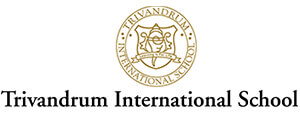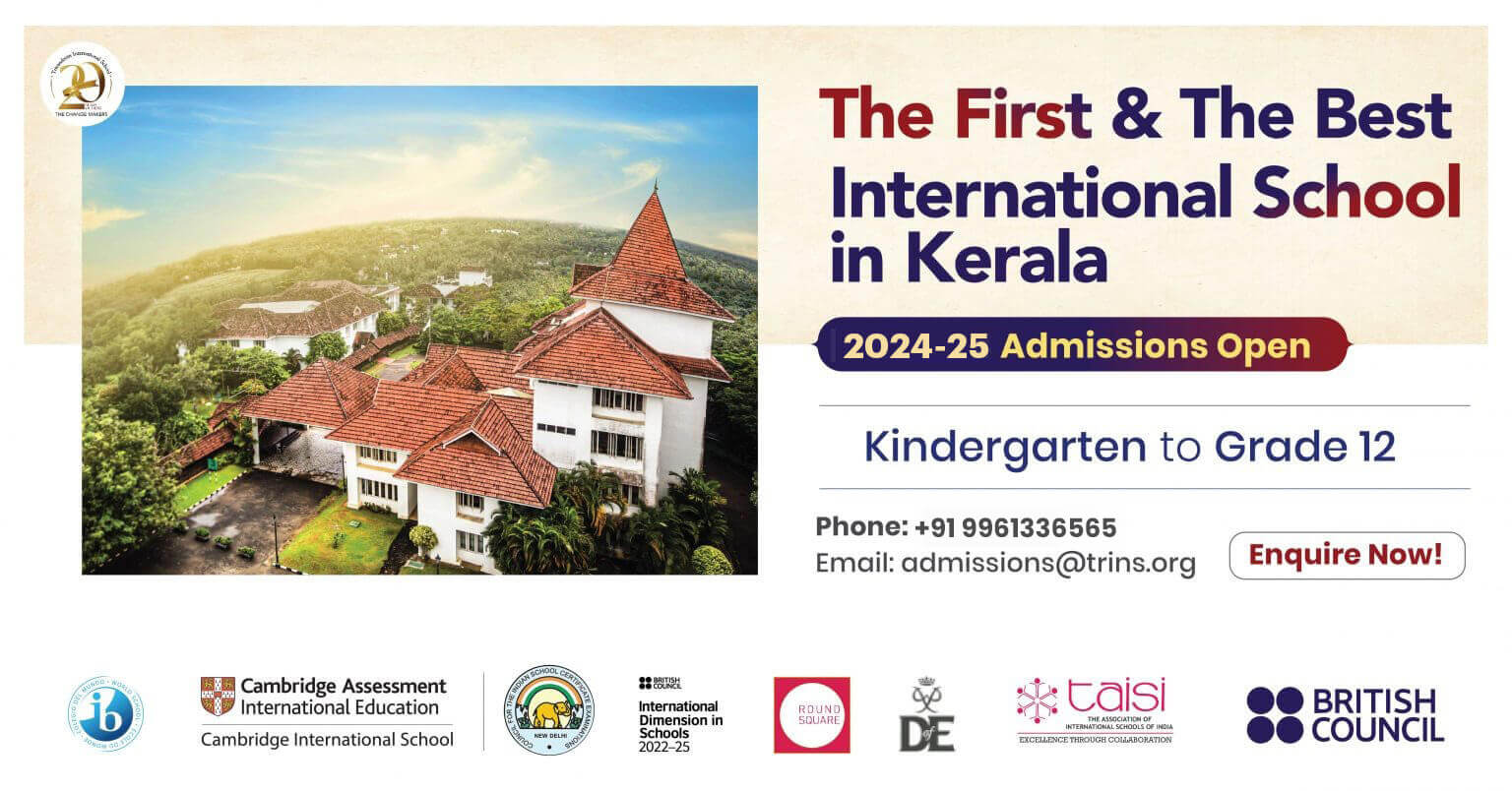In the dynamic world of primary education, two distinct paths often stand out: the International Baccalaureate Primary Years Programme (IB PYP) and regular elementary school programs. While each has its unique approach and objectives, understanding their differences is crucial for educators and parents alike. This article aims to demystify these programs, offering insights into their structures, methodologies, and overall impact on student development.
Understanding the Frameworks
IB PYP: A Holistic Approach The IB PYP, designed for children aged 3 to 12, is renowned for its holistic and inquiry-based approach. It focuses on developing the whole child, emphasizing intellectual, personal, emotional, and social growth. The curriculum is built around six transdisciplinary themes that integrate various subject areas, encouraging students to see connections between their learning and the real world.
Regular Elementary Programs: Traditional Foundations Regular elementary programs, on the other hand, tend to have a more conventional structure. They are typically segmented into distinct subjects like Math, Science, Language, Social Studies, and Physical Education. The focus is often on academic proficiency in these core areas, with varying degrees of emphasis on personal and social development.
Curriculum and Content
Diverse vs. Structured Learning Paths The IB PYP curriculum is dynamic and adaptable, allowing schools to tailor the program to meet their local context and students’ needs. It encourages exploration, creativity, and critical thinking, with a strong emphasis on the learner profile attributes such as being knowledgeable, thinkers, communicators, and risk-takers.
In contrast, regular elementary programs usually follow a more structured and linear curriculum. The learning path is clearly defined, with specific outcomes and benchmarks that guide teaching and assessment. While this approach offers clarity and consistency, it may not always provide the flexibility of the IB PYP.
Teaching Methodology
Inquiry-Based vs. Traditional Instruction One of the key distinctions lies in the teaching methodology. IB PYP teachers facilitate learning by supporting students’ natural curiosity and encouraging them to ask questions, research, and explore. This student-centered approach fosters a love for learning and develops independent thinking skills.
Traditional elementary programs often rely more on direct instruction. Teachers are the primary source of knowledge, and students are expected to absorb information through lectures, textbooks, and structured activities. While this method can effectively impart knowledge, it might not always engage students at a deeper, more personal level.
Assessing Student Progress
Continuous vs. Standardized Assessment Assessment in the IB PYP is continuous and varied, including observations, projects, presentations, and reflections. It focuses on understanding students’ learning processes and growth over time, rather than just their final outcomes.
Regular elementary programs often utilize standardized tests and exams to measure student learning. These assessments provide quantitative data on student performance, helping in tracking progress against set academic standards.
Choosing the Right Path
Both the IB PYP and regular elementary school programs have their merits and limitations. The choice between them depends on various factors including educational philosophy, child’s learning style, and long-term goals. For parents and educators, understanding these differences is key to making informed decisions that align with the best interests of the students.
In summary, the IB PYP offers a more holistic and inquiry-based approach, while regular elementary programs provide a structured and subject-focused education. Whichever path is chosen, the ultimate aim is to nurture well-rounded, confident, and knowledgeable young learners, ready to face the challenges of the future.




